Menu
Lichens are fascinating and often misunderstood. When homeowners notice these growths on the bark of trees, it raises concerns about the health of their yard. If you notice lichens on your trees, consult a professional for pertinent information guaranteed to put your mind at ease. As a professional tree care company, the Driscoll Tree Service can help you understand what lichens are, their causes, whether they threaten trees, and if any action is needed.
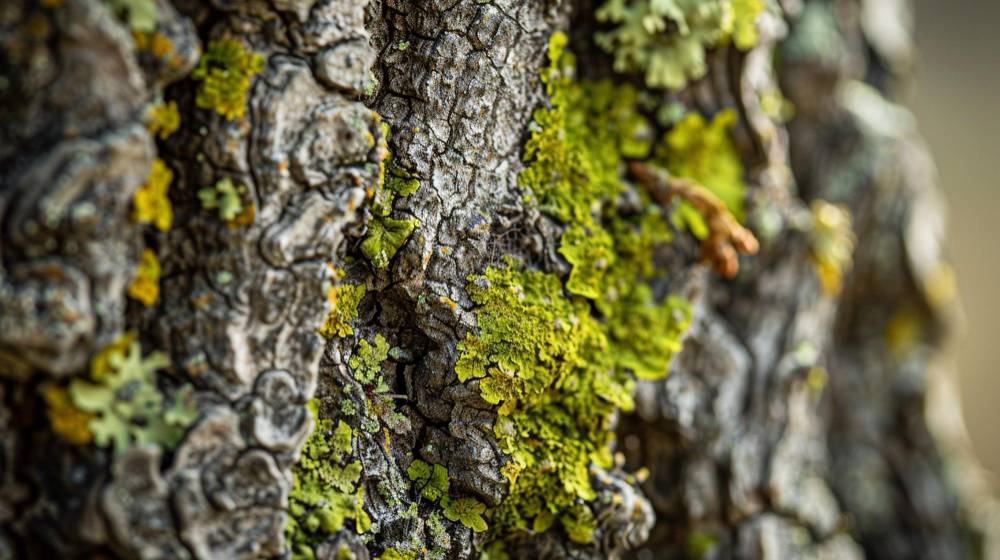
Lichens are a complex symbiotic relationship between a fungus and an alga. This partnership creates a unique organism that can thrive in various environments, including tree bark. Lichens are diverse, coming in different shapes, colors, and sizes. Although they are not plants, they are a combination of two distinct organisms working together. The fungus provides structure and protection, while the alga conducts photosynthesis, producing food for both.
Lichens grow on trees primarily because of favorable environmental conditions. Like most fungi, they are commonly found in areas with clean air, adequate sunlight, and sufficient moisture. Tree bark provides an excellent environment for lichens to attach to and thrive on. Despite this relationship, lichens do not harm trees, so you don't have to worry about health concerns or tree removal emergencies. Instead, they show a healthy environment, as they are susceptible to air pollution and will not grow in contaminated areas.
The most common question homeowners as tree service providers is whether lichens are harmful. As mentioned, lichens do not harm the trees they grow on. They do not penetrate the bark or draw nutrients from the tree. They use the tree's surface to live without risking diseases, decay, or structural damage. Therefore, their presence should be something other than a cause for alarm and frequent maintenance calls to a local tree care company.

Now that you know about lichens, it is unnecessary to remove them. Attempting to remove lichens can increase susceptibility to diseases and pests. In addition, using chemicals to remove lichens can harm the tree and the surrounding environment. Certified arborists often recommend leaving lichens alone and appreciating their presence as a sign of a healthy ecosystem.
While lichens are not harmful, their sudden increase may sometimes show underlying issues. If a tree is already stressed because of poor health, it might become more susceptible to lichen growth, prompting a tree service call. You should monitor the overall health of your trees, looking for signs such as dead branches, leaf discoloration, or reduced growth. If any of these symptoms are present, it is advisable to consult a professional to assess the tree's condition and recommend lasting solutions like tree removal in case of severe deterioration.
Lichens on trees are a natural and often beneficial part of the environment. They are not harmful to trees, and their presence shows good air quality and a healthy ecosystem. It is advisable to focus on maintaining the overall health of your trees and enjoy the unique beauty that lichens bring to your landscape. If there are health concerns, contact the experts at the Driscoll Tree Service. Our certified can assess all the crucial aspects and tailor a solution that protects the tree without risking your landscape's wellbeing.

Tree Removals for Pool Construction Installing a pool in your backyard is an exciting project, especially when you have countless hours of relaxation, fun, and exercise to look forward to. However, the journey from planning to the first swim often…
Read More
Are There Dangers in Cutting Tree Roots? Trees are more than towering entities in our landscapes; they are essential to our ecosystem, providing shade, oxygen, and aesthetic beauty. However, the decision to cut tree roots, whether driven by the need…
Read More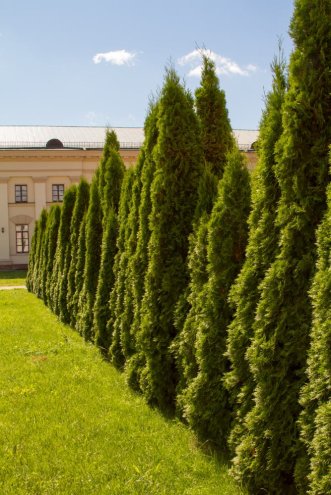
Best Trees for Fence Lines Fence lines often provide an excellent opportunity to enhance the beauty and privacy of your property. However, choosing suitable trees to plant along these boundaries requires special consideration to improve the aesthetics and functionality of…
Read More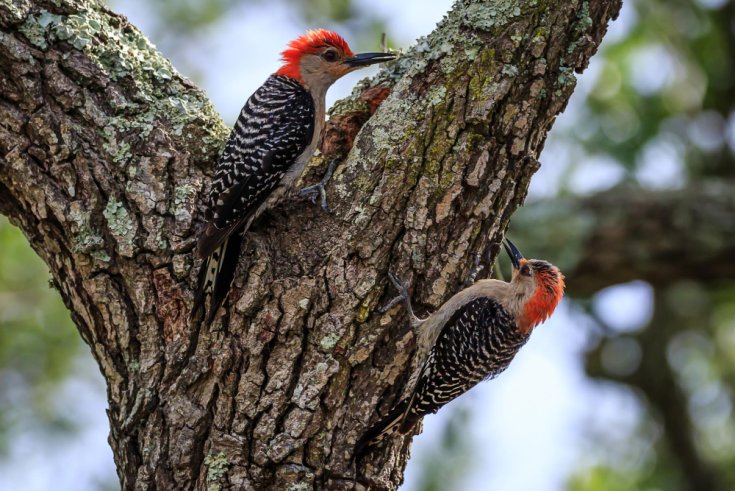
Notice Woodpecker Damage On Your Tree? Here’s What To Do Trees are a magnet for life. They provide shade, beauty, fruit, and oxygen - and they also play host to a wide range of wildlife. Birds, in particular, love trees.…
Read More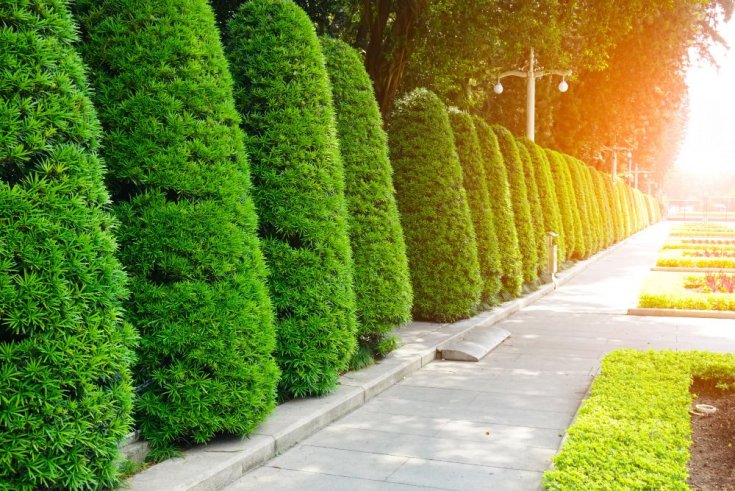
The Best Landscaping Services for Residential and Commercial Properties Landscaping enhances residential and commercial properties’ aesthetic appeal, functionality, and overall value. When most people think of landscaping, images of lush green lawns and vibrant gardens come to mind. However, landscaping…
Read More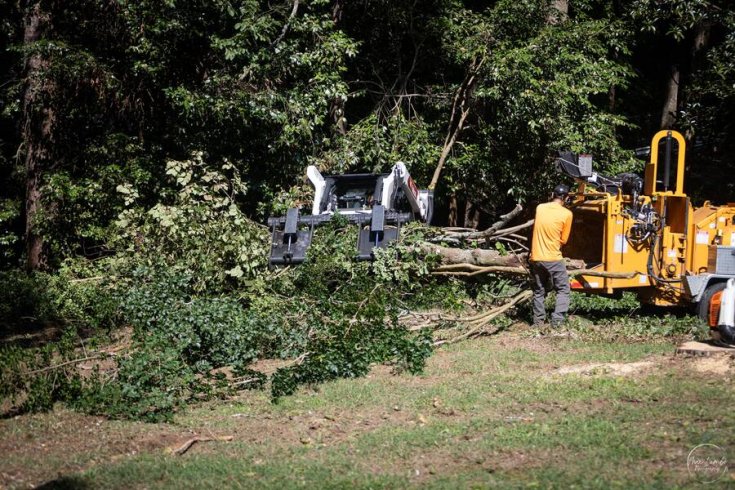
How to Know When It’s Time to Remove a Tree from Your Yard We love trees as much as the next person, but we'll be the first to say that some trees are better off gone. Suddenly-leaning trees, overgrown branches,…
Read More
Why My Trees Look Bad Trees are alive and need regular care. Like most living things, they can get injuries or diseases. While it is not always easy to identify signs of infection or infestation in trees, you may have…
Read More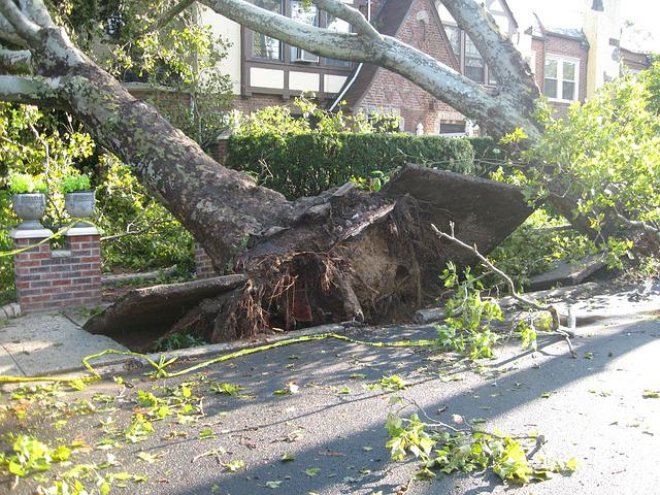
Just like your car needs regular oil changes and tune-ups, your trees also require routine trimming to keep them healthy and enhance safety. Trimming trees may not be your kind of ideal weekend activity, but it helps to keep your…
Read More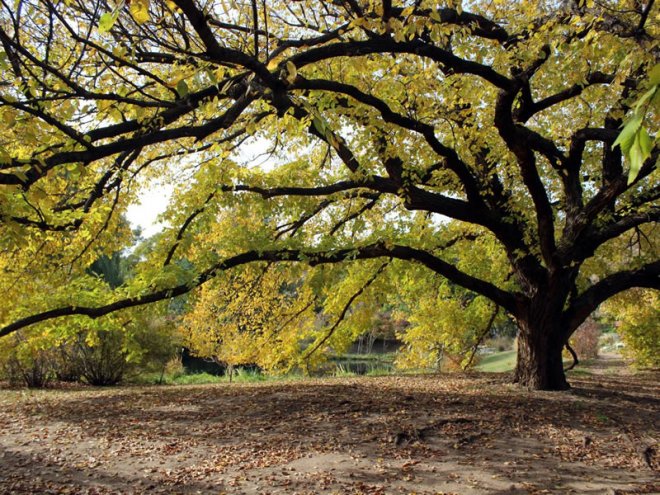
2022 Annual Tree Inspection Tips Most people don't think about trees until there's a problem. But just like your car or your roof, trees need regular maintenance to stay healthy and function properly. That's why an annual tree inspection service…
Read More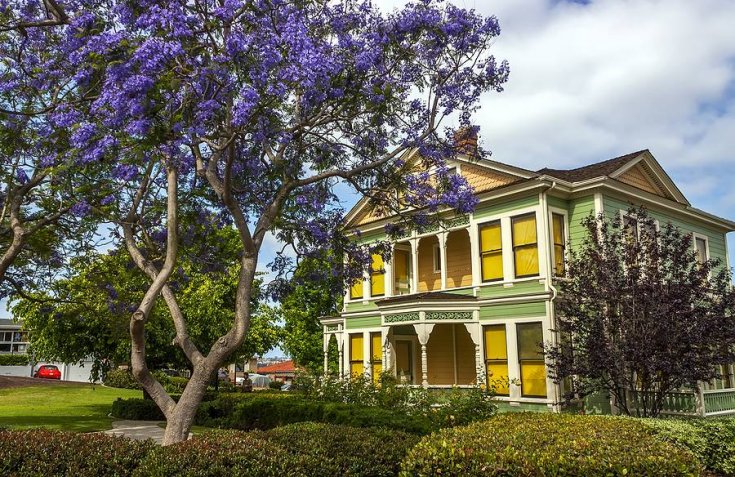
How to Prune Fruit Trees Trees are an excellent addition to any landscape. We get a lot of benefits from trees, especially fruit trees. Every homeowner with an orchard wants to enjoy the fruits from their trees, but first, it…
Read More